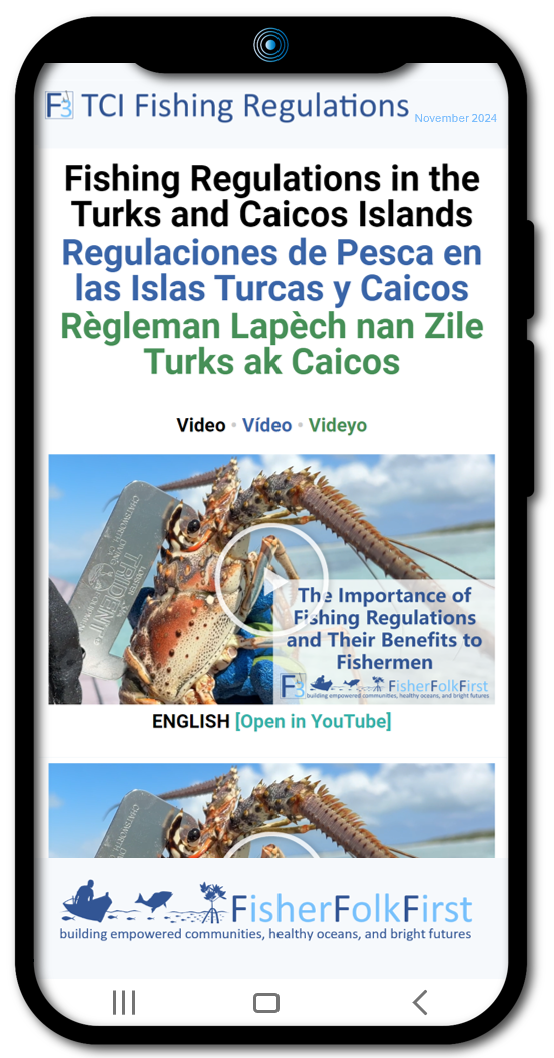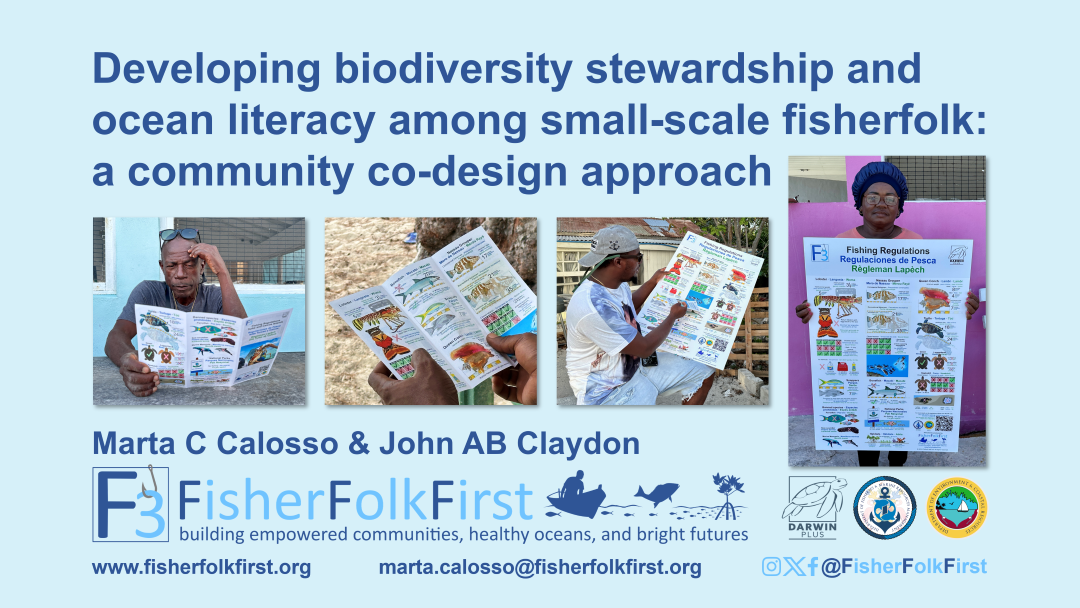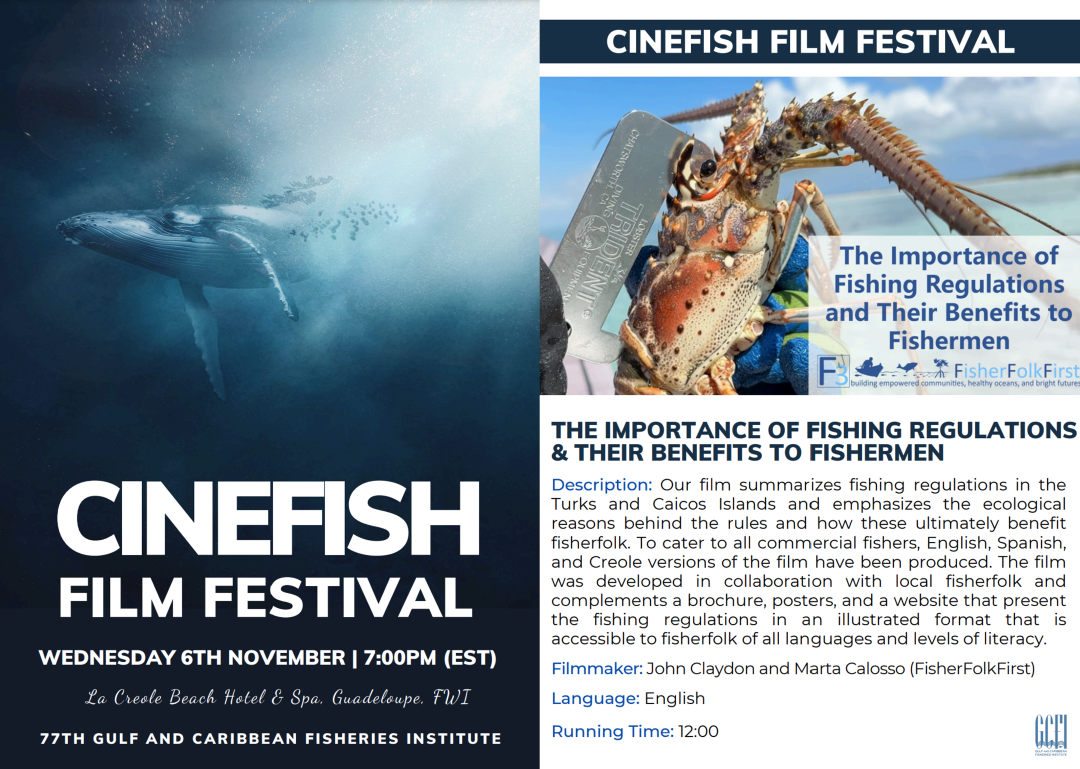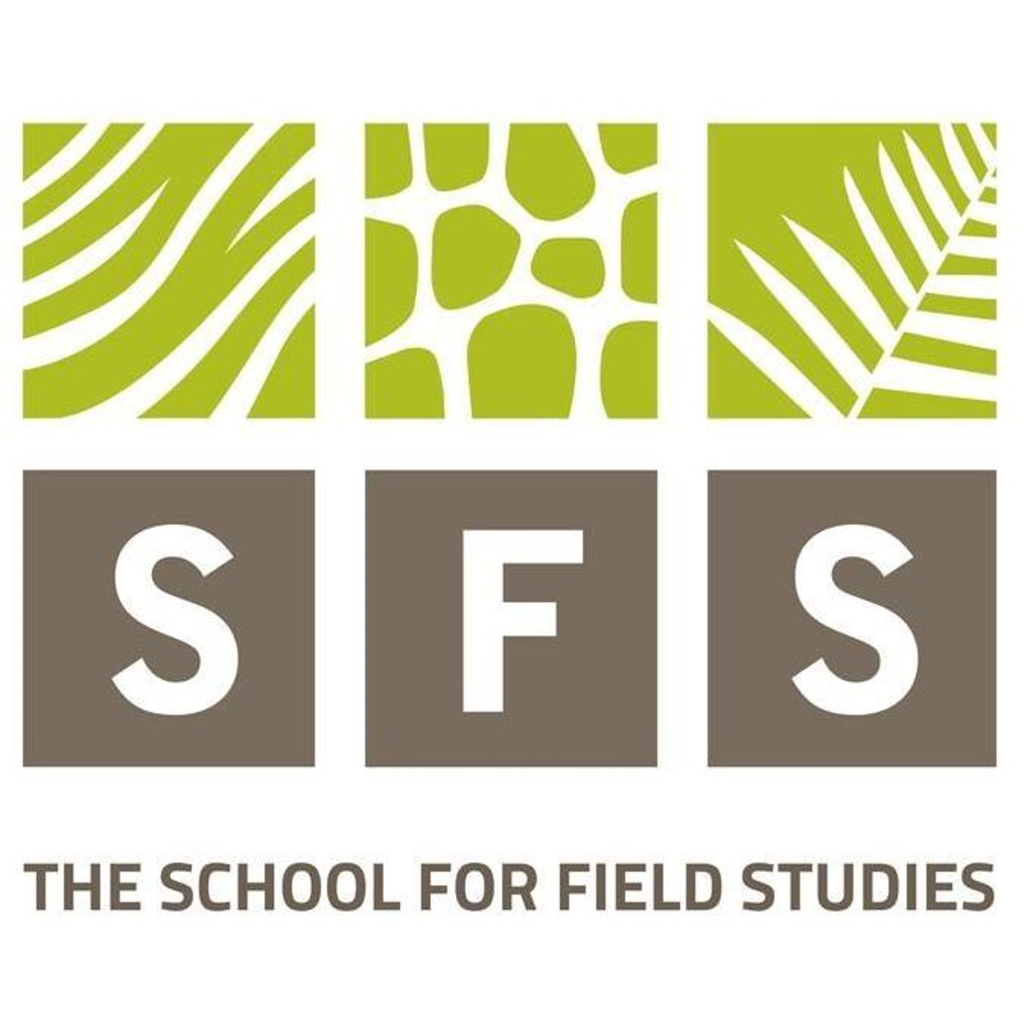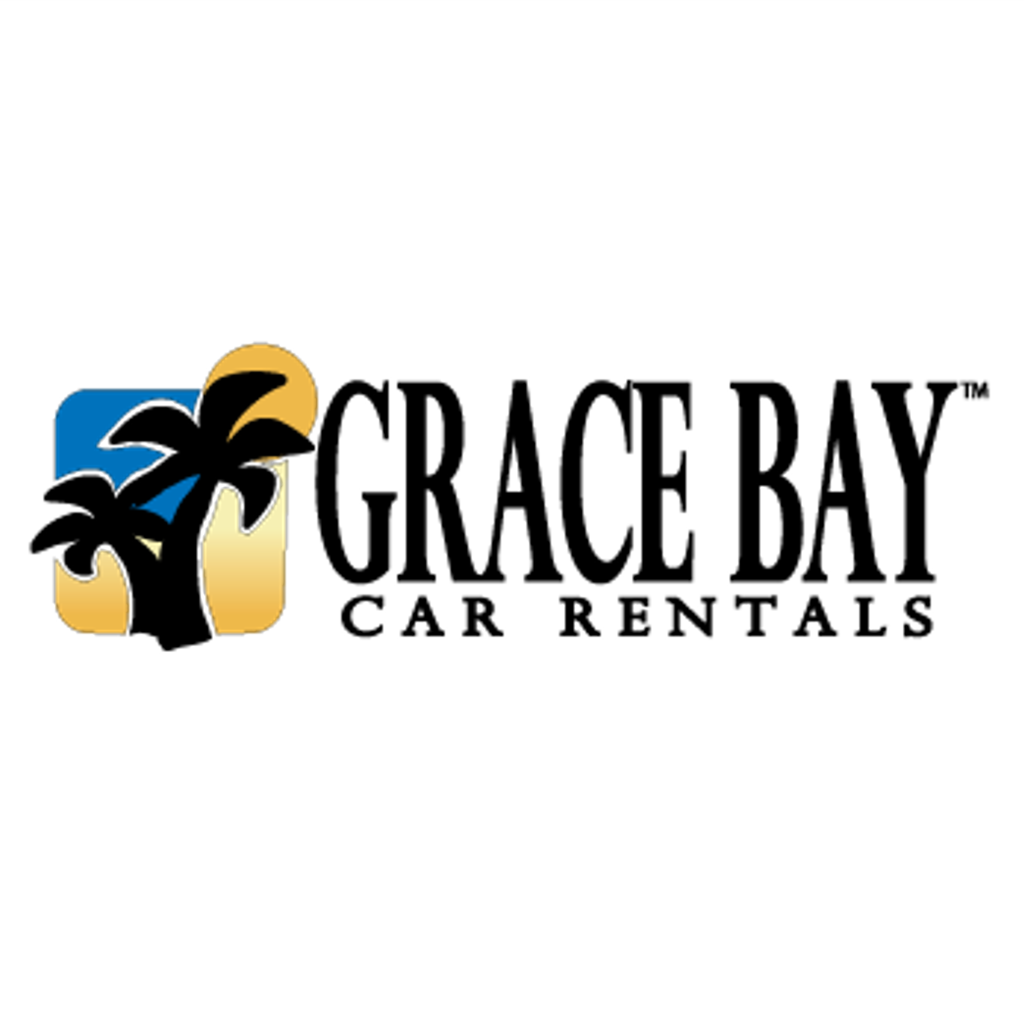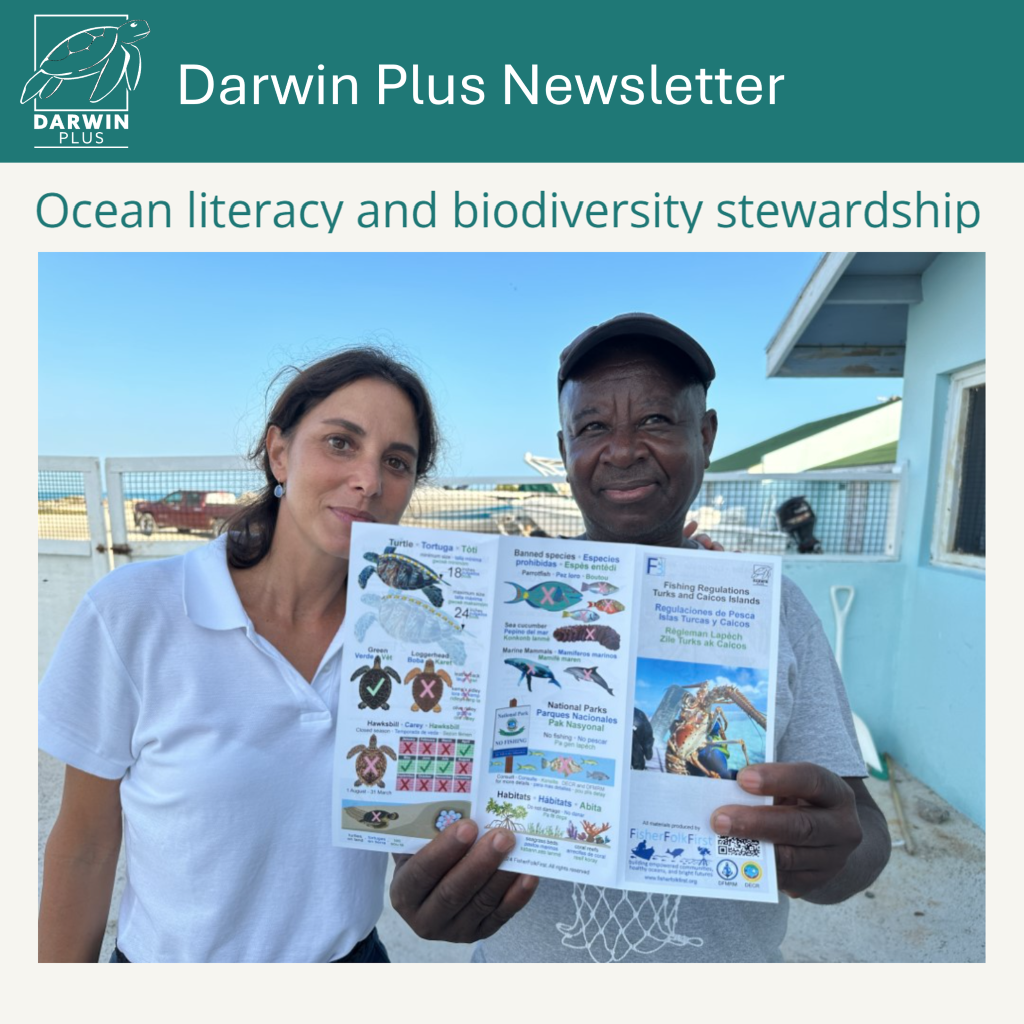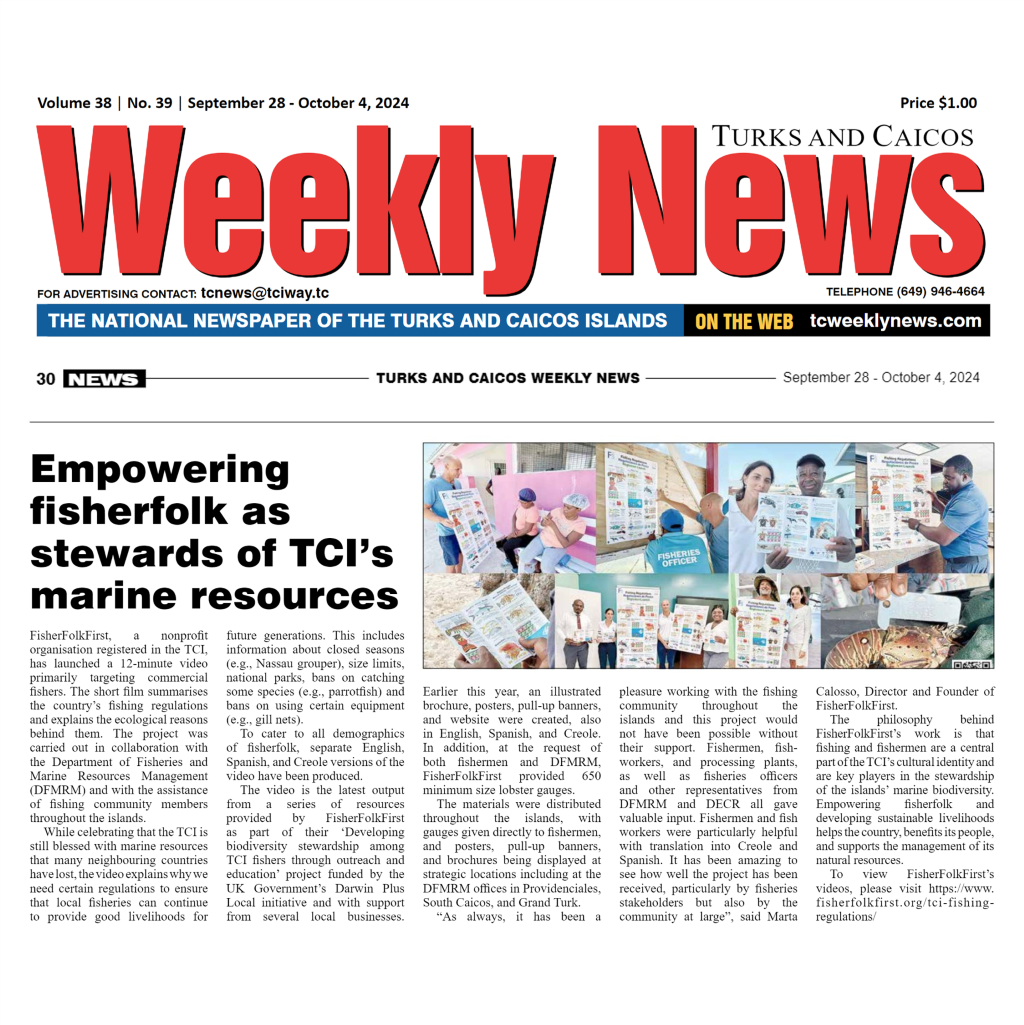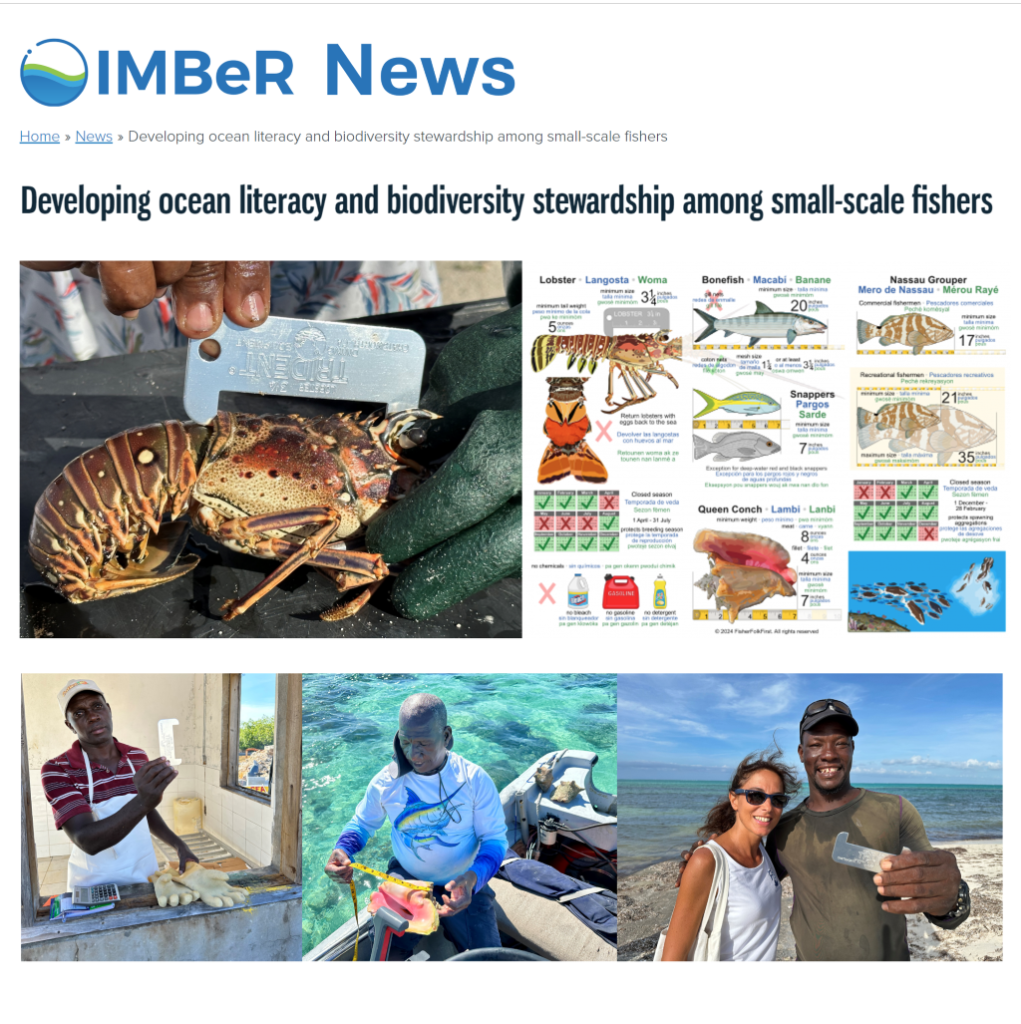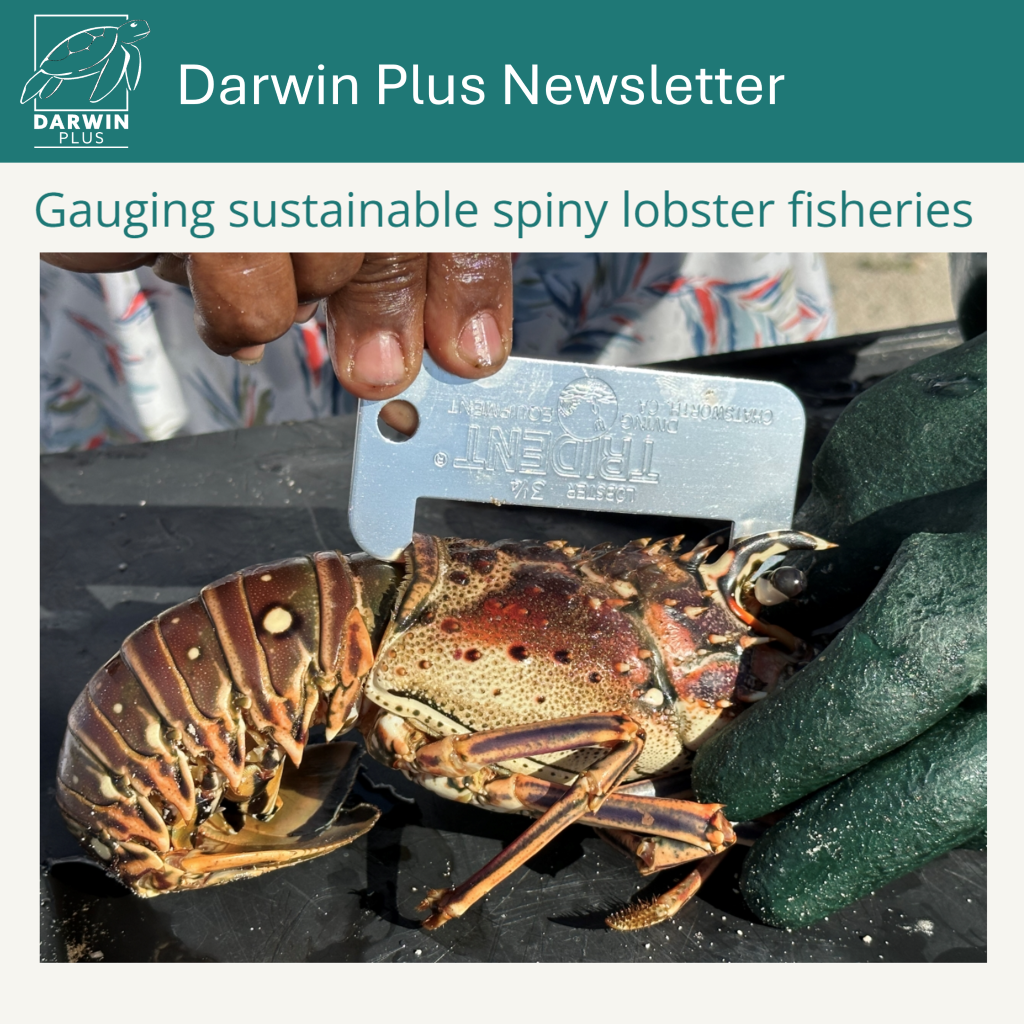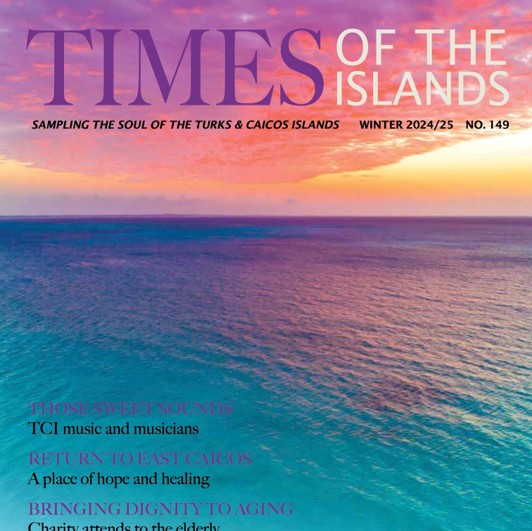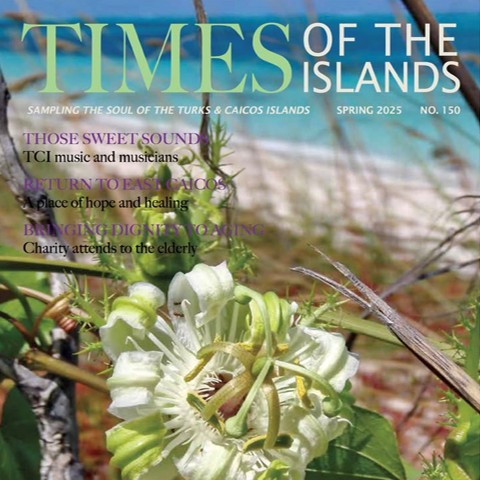Developing biodiversity stewardship among Turks and Caicos Islands’ fishers through outreach and education
A co-design project with fishers for fishers
About
The idea for this project came directly from a Turks and Caicos Islander who used to be a commercial fisher but now works as an Enforcement Officer for the Department of Fisheries and Marine Resources Management. He said that many of the fishers and fish workers don’t really understand the reasoning behind the fisheries regulations and how those rules link to the biology and ecology of the species and their habitats. This was confirmed by fishers who often repeated that the rules were there just to make fishing more difficult. Historically, the TCI’s fishing regulations have not been readily available to fisherfolk: aside from government press releases prior to the start and end of fishing seasons, the only documents fishers could consult were the ‘Fisheries Protection Regulations’ which only recently became available online. The regulations are written in a complicated legal document, and nothing has been available in Spanish or Creole, the first languages of many fishers and fish workers, and rarely if ever is there any explanation as to the reasons behind the regulations or how the rules benefit fishers’ livelihoods. To resolve this problem, FisherFolkFirst started working with fishers, fish workers, and the TCI government to co-design and develop education and outreach materials specifically tailored to local needs: accommodating English, Haitian Creole, and Spanish speakers as well as making materials as accessible as possible for people who struggle with literacy.
Outputs so far
FisherFolkFirst created videos in English, Spanish, and Creole summarising the regulations, explaining the ecological reasons behind them, and how they benefit fishers’ livelihoods. The videos complement an illustrated website, 3-fold brochures, posters, and pull-up banners that were produced with text in English, Spanish, and Creole, and with heavy use of imagery to make them accessible to stakeholders struggling with literacy. These materials were supplied to the TCI Department of Fisheries and Marine Resources Management and the Department of Environment and Coastal Resources, as well as to seafood processing plants. FisherFolkFirst traveled around the country talking to stakeholders, distributing the brochures, showing the posters, introducing the website, and screening the videos.
Regulations Videos
The videos were narrated in English, Spanish and Creole by three different women with ties to the fishing community. Videos are also available on FisherFolkFirst YouTube Channel
Regulations Brochures
Regulations Posters
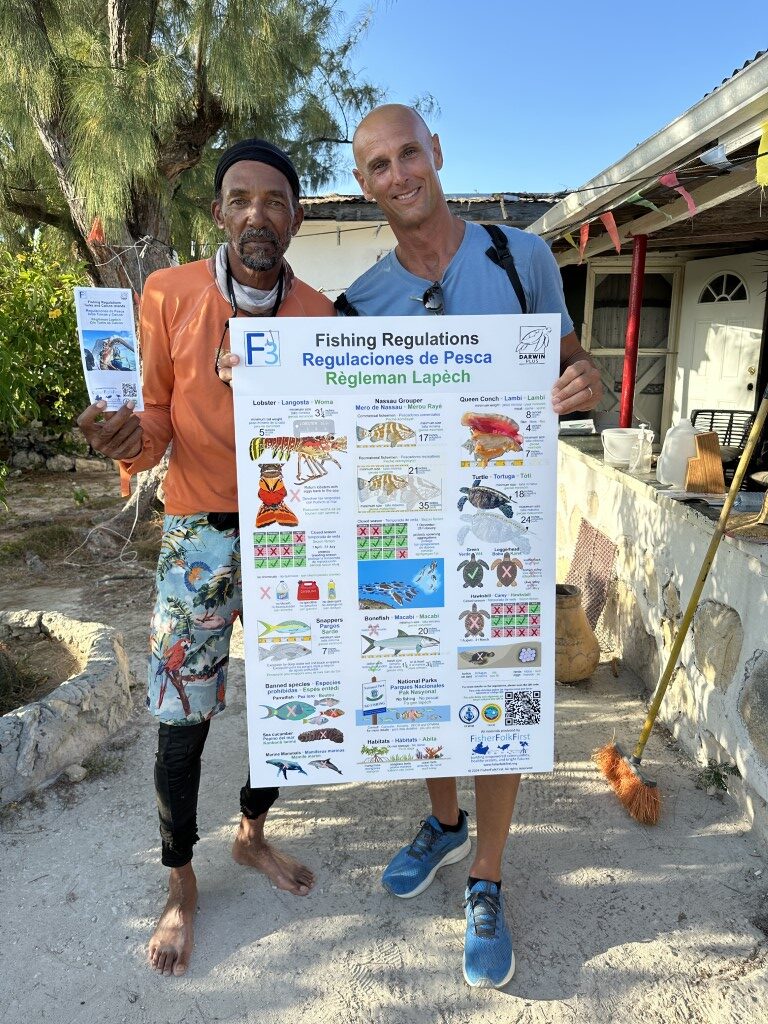
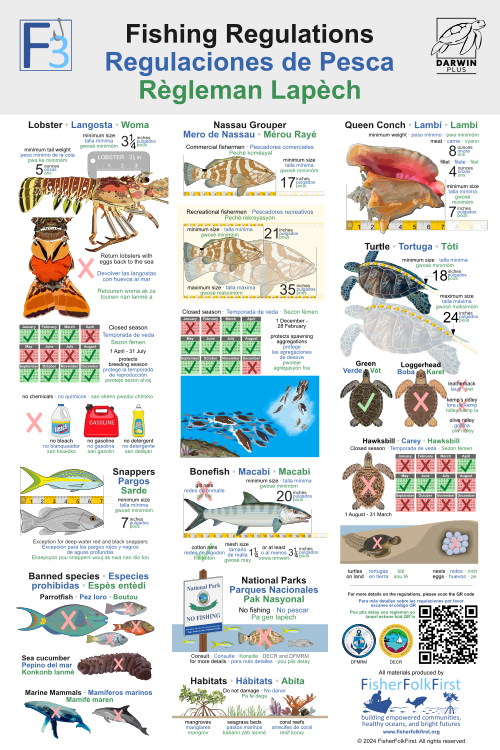
Regulations Pull-up Banners
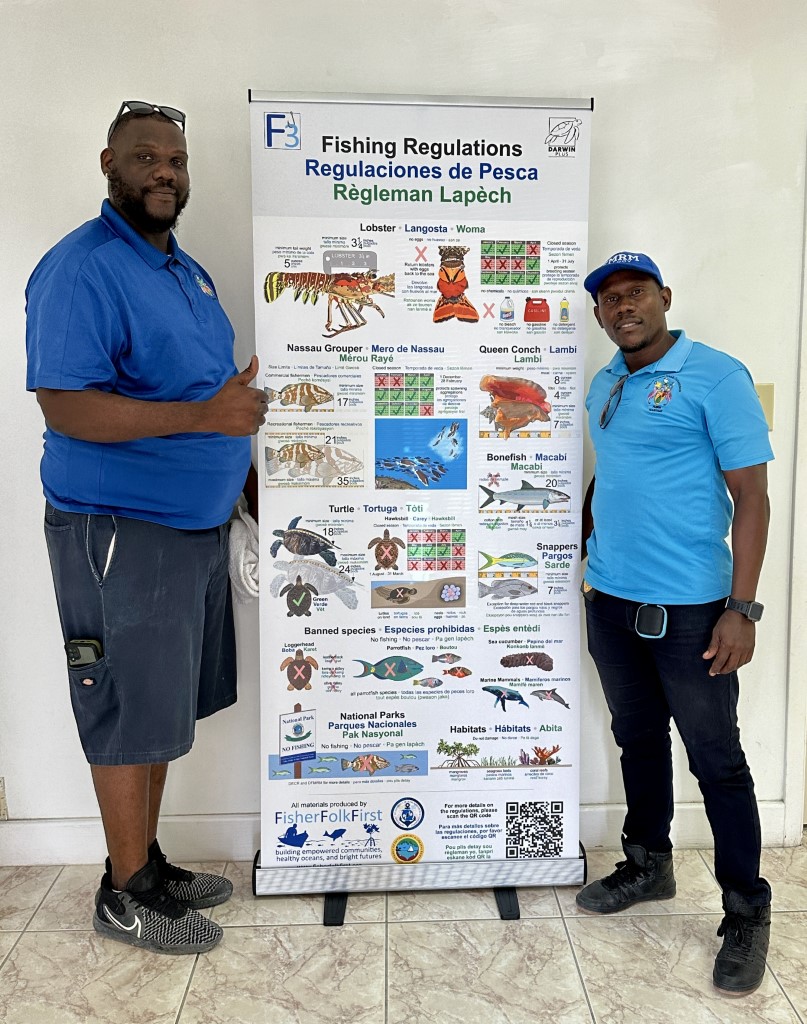
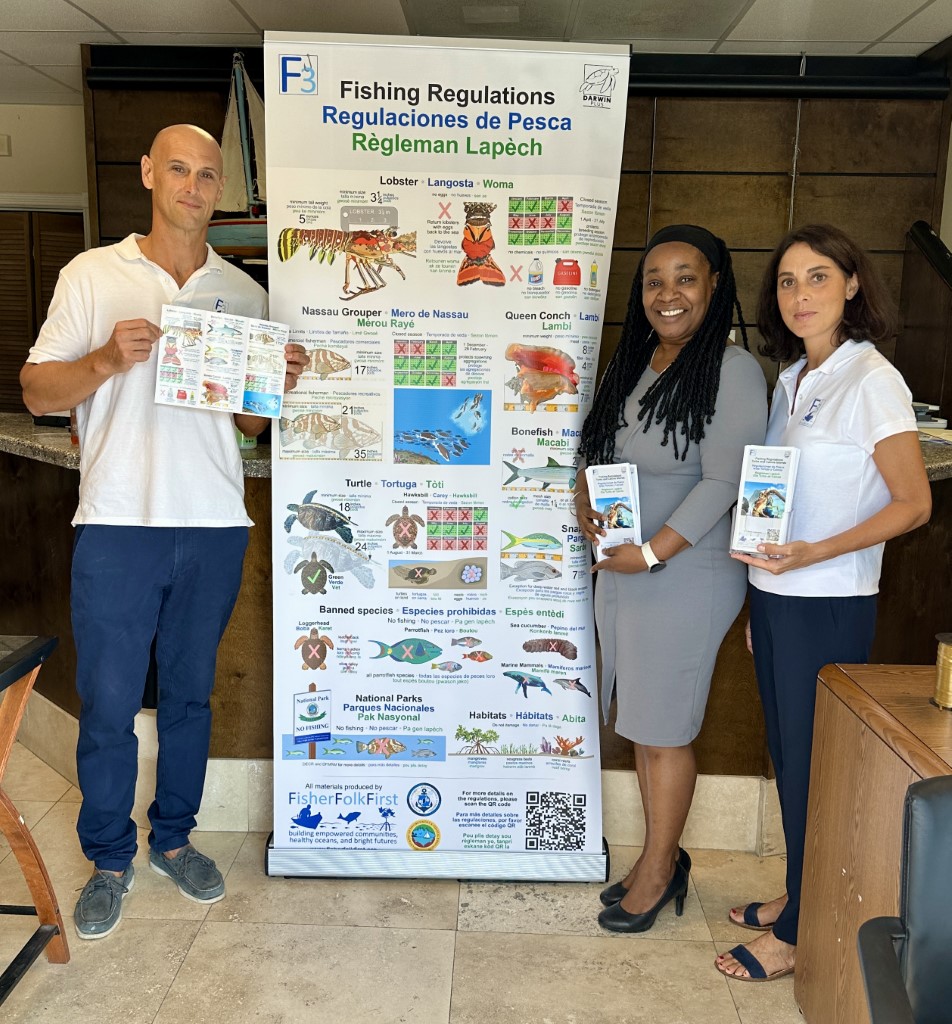
Lobster Gauges
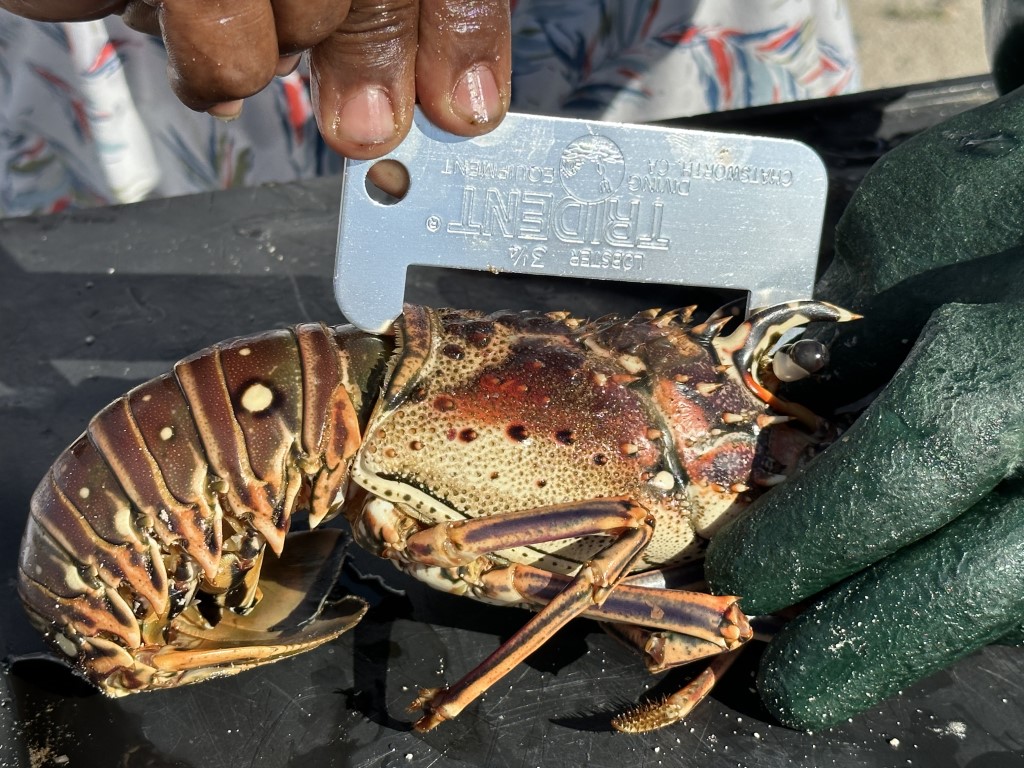
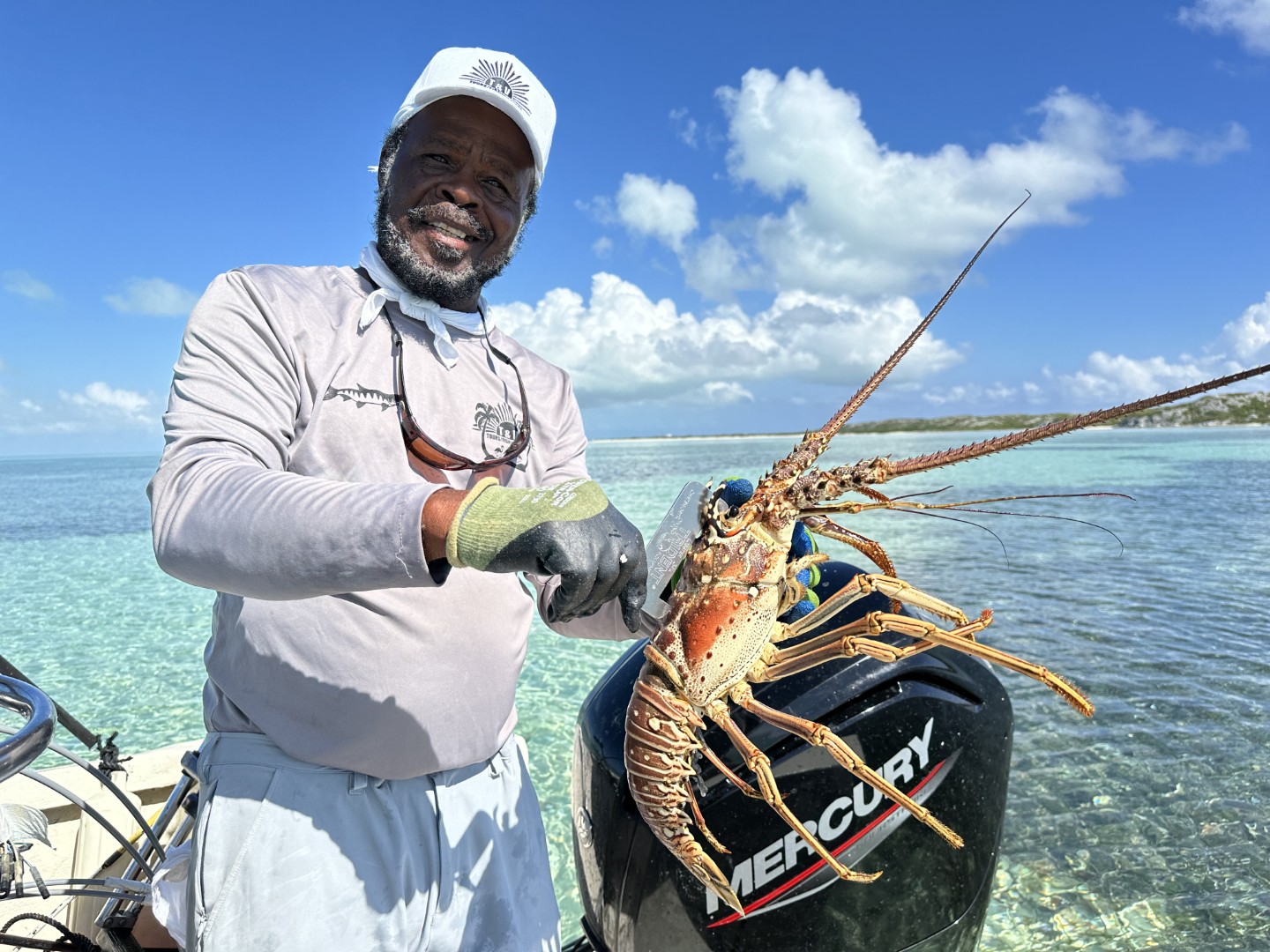
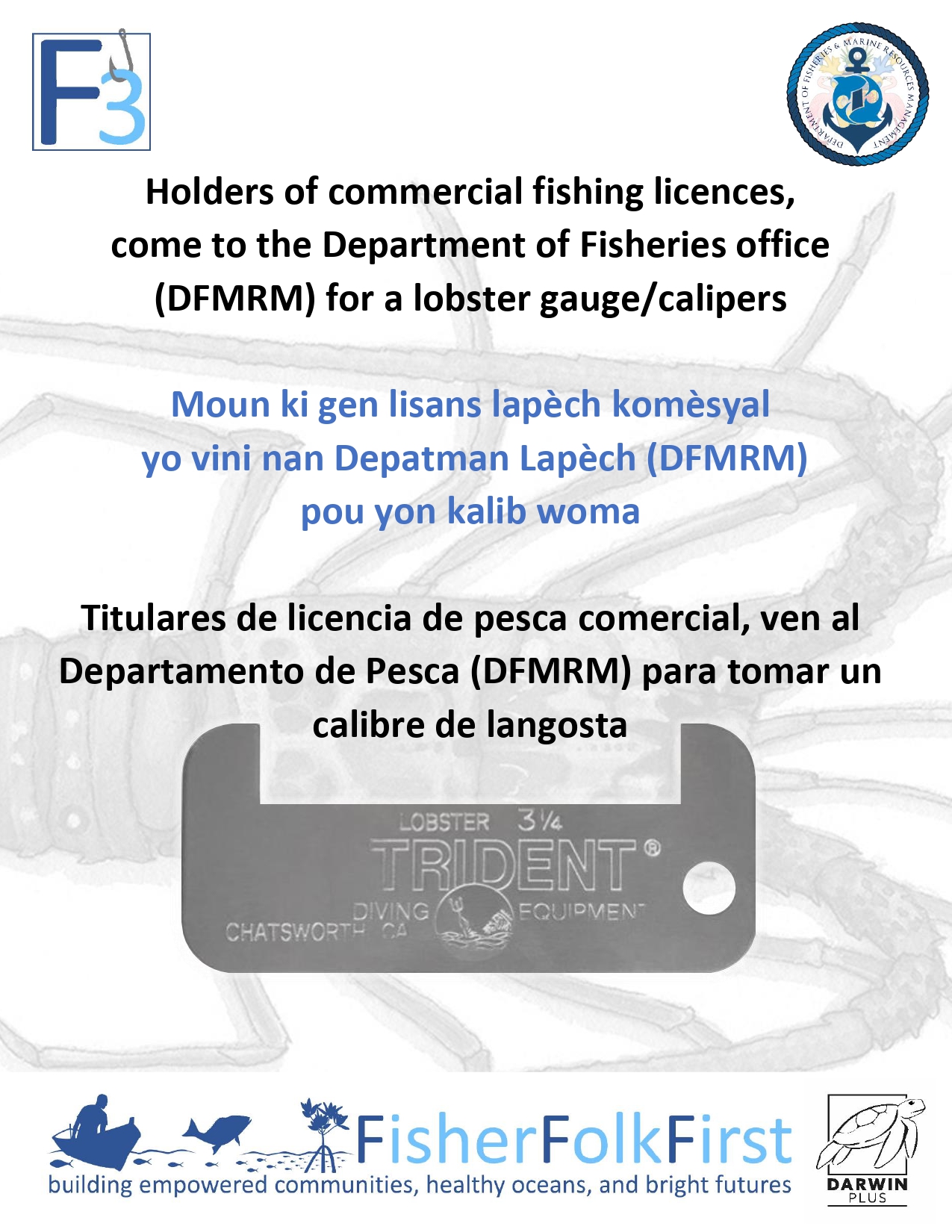
The TCI lobster fishery is managed through a closed season corresponding to the lobsters’ breeding period, a network of no-take marine reserves where lobsters cannot be caught, and a minimum legal size: fishers are required to carry lobster gauges in every boat, and to return any lobsters back to the sea if their carapaces (hard upper shell) are smaller than 3¼ inches. However, for a number of years, fishers had been requesting these minimum size gauges to help them comply with the regulations and fish sustainably, but none have been available in the country. To overcome this, some have been using homemade gauges fashioned out of plywood or plastic; others have been using their fingers as a guide; but many just relied on their experience to judge by eye which lobsters were too small.
FisherFolkFirst worked with the TCI Department of Fisheries and Marine Resources Management (DFMRM) and with local fishers to address this problem. Together, they identified the most suitable gauge on the market, and with Darwin Plus Local funds they purchased 650 units. The original plan was to buy only 300 gauges to supply all commercial fishers throughout the islands. However, Tom Bird, the owner of the company supplying the gauges (Trident Diving Equipment Inc.), generously dropped his prices because he wanted to support the project, and FisherFolkFirst was able to buy more than twice as many gauges. Marta Calosso and John Claydon from FisherFolkFirst travelled around the country and, with the help of DFMRM officers, they handed out gauges to commercial fishers and to seafood processing plants. This involved visiting as many of the docks and landing sites as possible on the three major fishing islands: South Caicos, Providenciales, and Grand Turk. They also created and posted flyers informing the public that gauges could be picked up by fishers for free at all DFMRM offices. The unexpected purchase of additional gauges has also allowed the DFMRM to keep a stock of gauges to cover demand for future years.
Enduring Legacy
The materials we have provided will continue to be used for many years by fisherfolk, by the government, for education, and as materials to support other projects and initiatives. Here are some examples of how they are creating their own enduring legacy:Fishers and Fish Workers use the lobster minimum size gauges daily. In fact, FisherFolkFirst has helped fishers to fulfill their legal requirement to carry lobster gauges on fishing vessels.
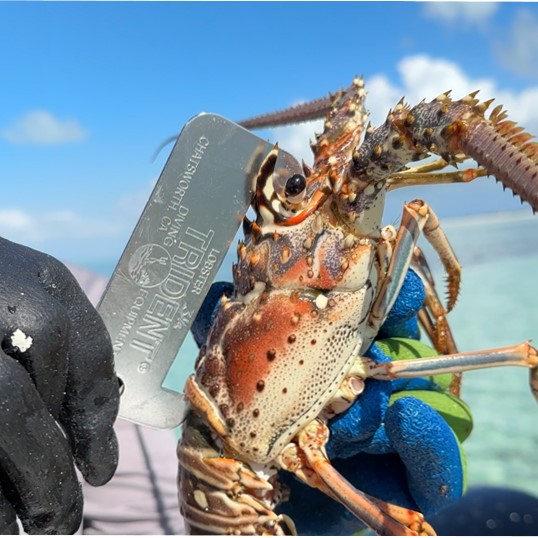

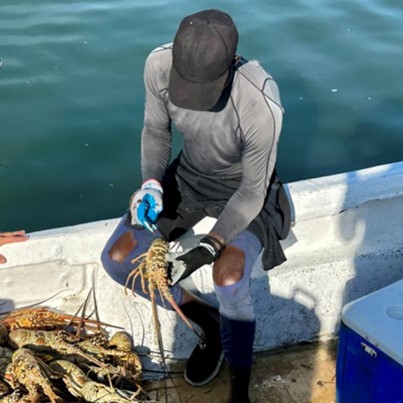
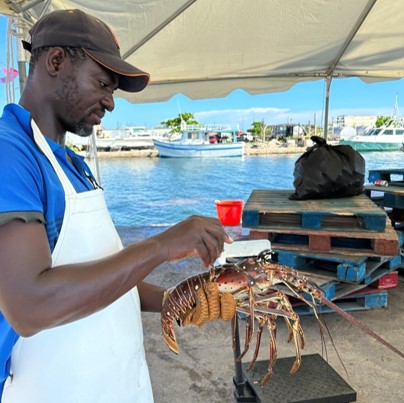
RESEMBID Community Resilience Hub workshops – posters and pull-up banners are used in the workshops, January 2024
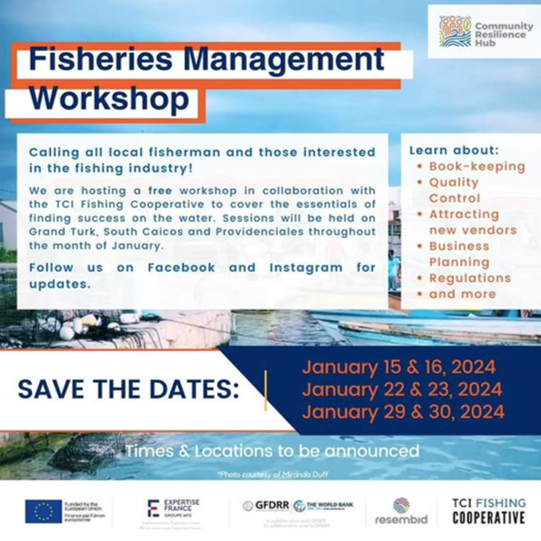
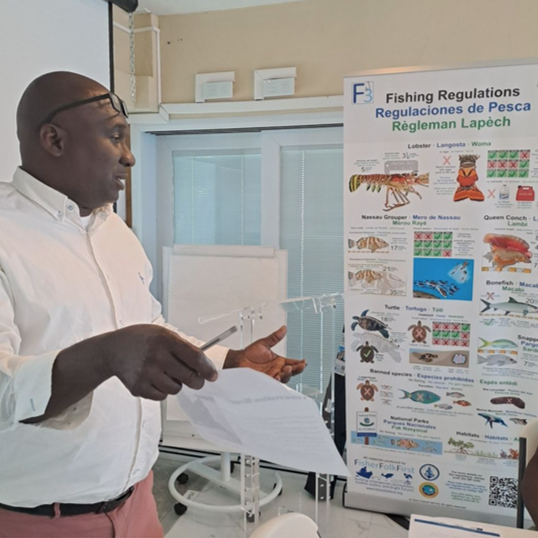
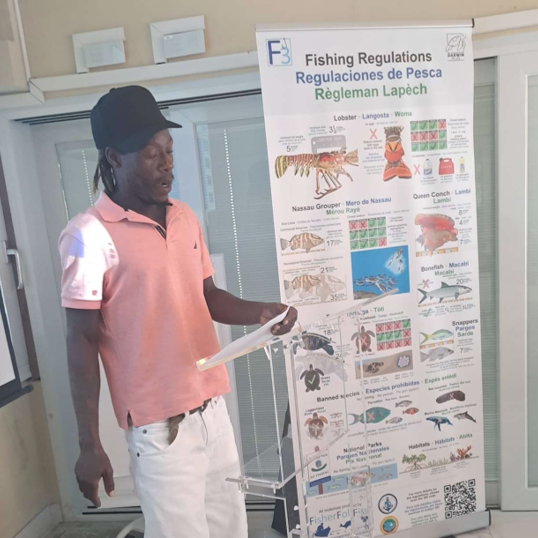
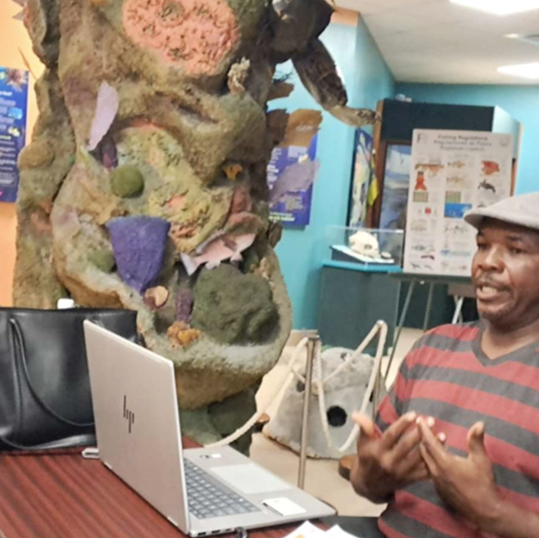
National Science and Technology Fair – Department of Environment and Coastal Resources use the poster, March 2025

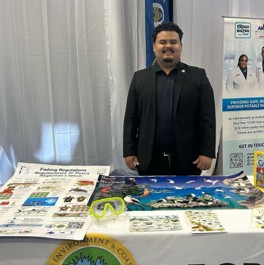
Caribbean Network of Fisherfolk Organisations Workshop – ‘Promoting fisher-led implementation of SSF Guidelines in the Caribbean Region’, April 2025
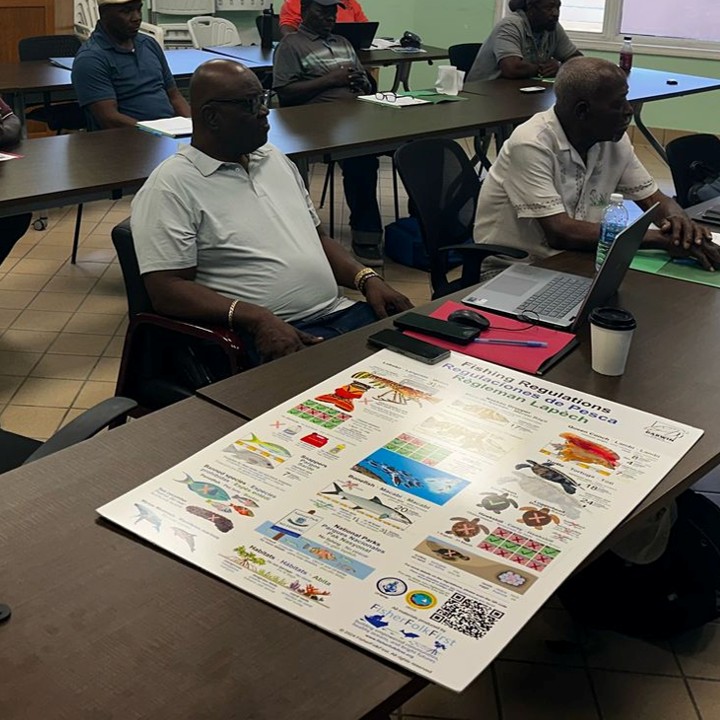
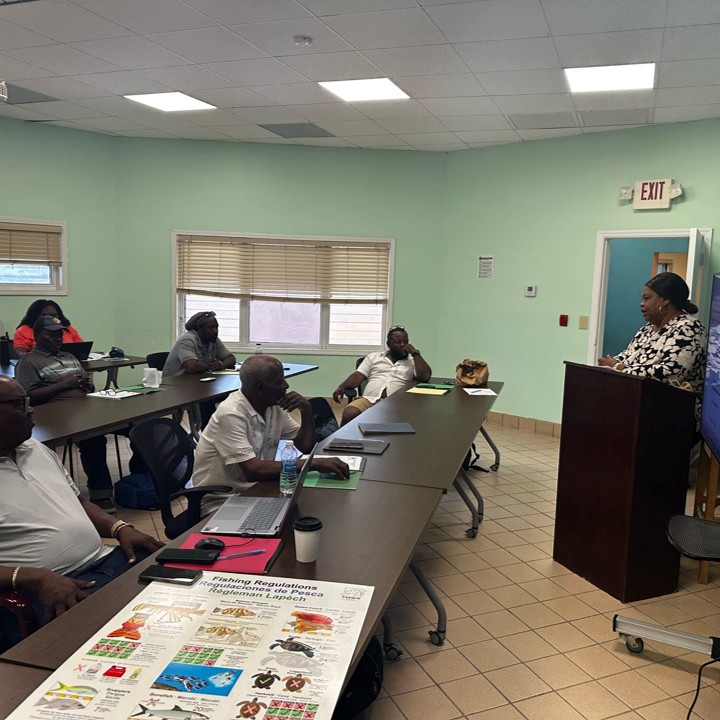
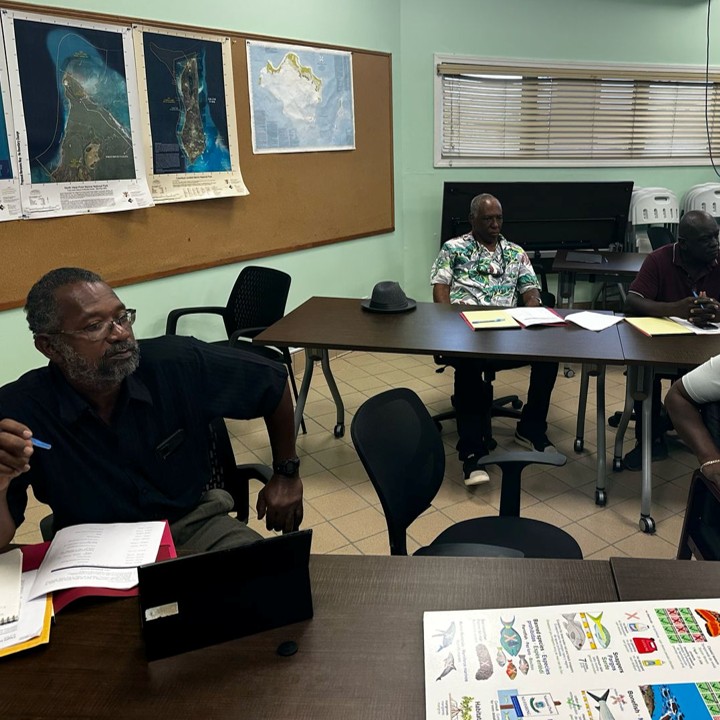
Partners
 TCI Government Department of Fisheries and Marine Resources Management
TCI Government Department of Fisheries and Marine Resources Management
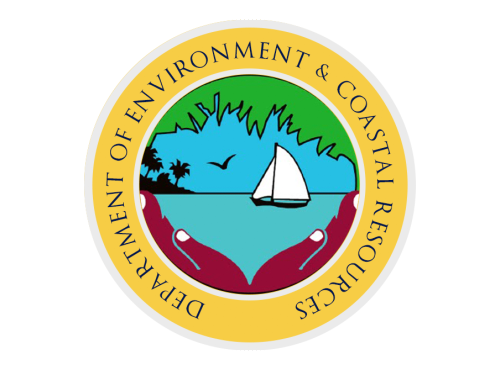 TCI Government Department of Environment and Coastal Resources
TCI Government Department of Environment and Coastal Resources
Funding
This project has been funded primarily through a ‘Darwin Plus Local’ grant (see project DPL00045).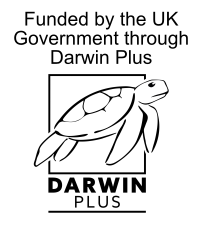
Support for the project was also provided by –


